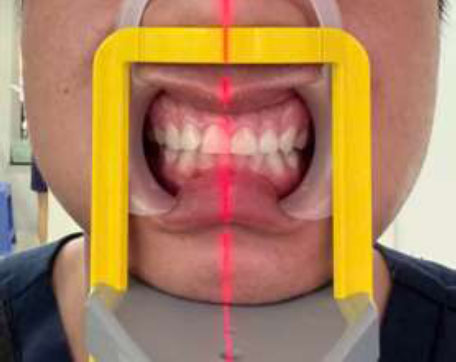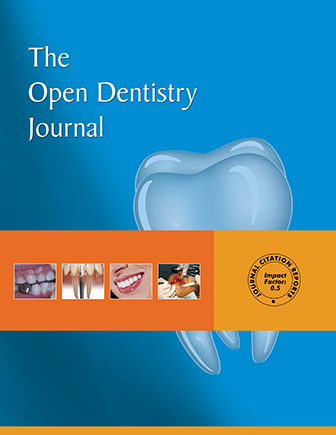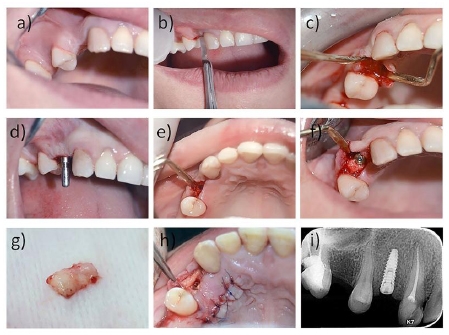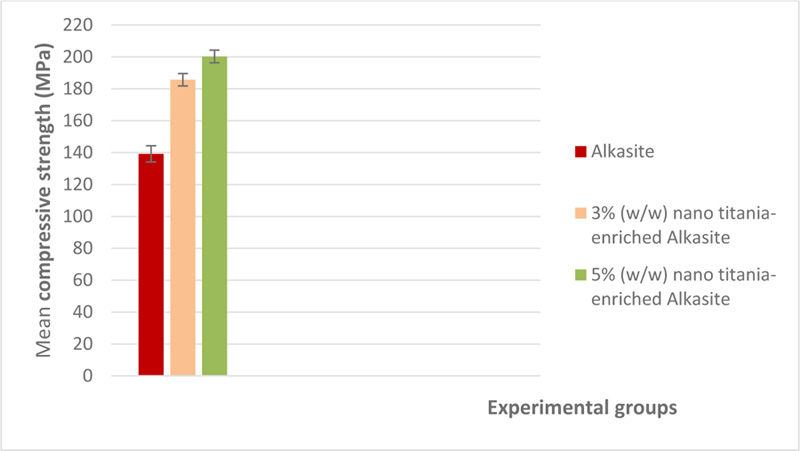The Open Dentistry Journal is an open-access journal that publishes research articles, reviews, letters, case reports and guest-edited single-topic issues in all areas of dentistry and the oral cavity. The journal is essential reading for researchers, orthodontic clinicians and academic and industry professionals. It aims to facilitate the quick communication of scientific knowledge among them.
The journal encourages submissions related to the following fields of dentistry:
- Clinical Trials
- Dental Biomaterials Science
- Dental Implants
- Endodontology
- Fixed and Removable Prosthodontics
- Management of Dental Disease
- Maxillofacial Surgery
- Operative Dentistry
- Oral Medicine
- Oral Pathology
- Periodontology
- Restorative Dentistry
- Translational Research
The Open Dentistry Journal, a peer-reviewed journal, is an essential and reliable source of current information on important recent developments in the field. Emphasis is placed on publishing quality papers, making them freely available to researchers worldwide.
The Open Dentistry Journal is an international, peer-reviewed, open-access journal covering all aspects of dentistry published continuously by Bentham Open.









